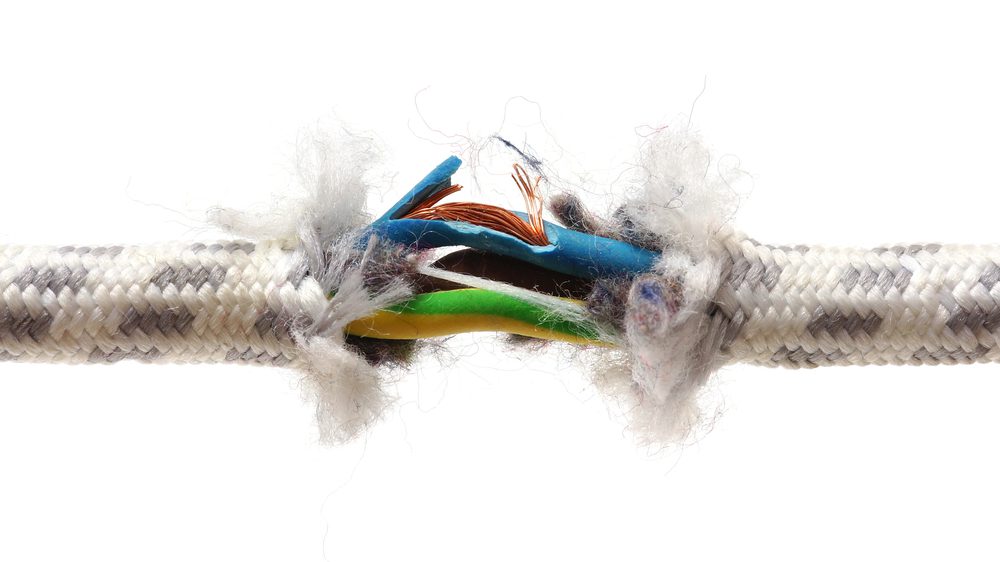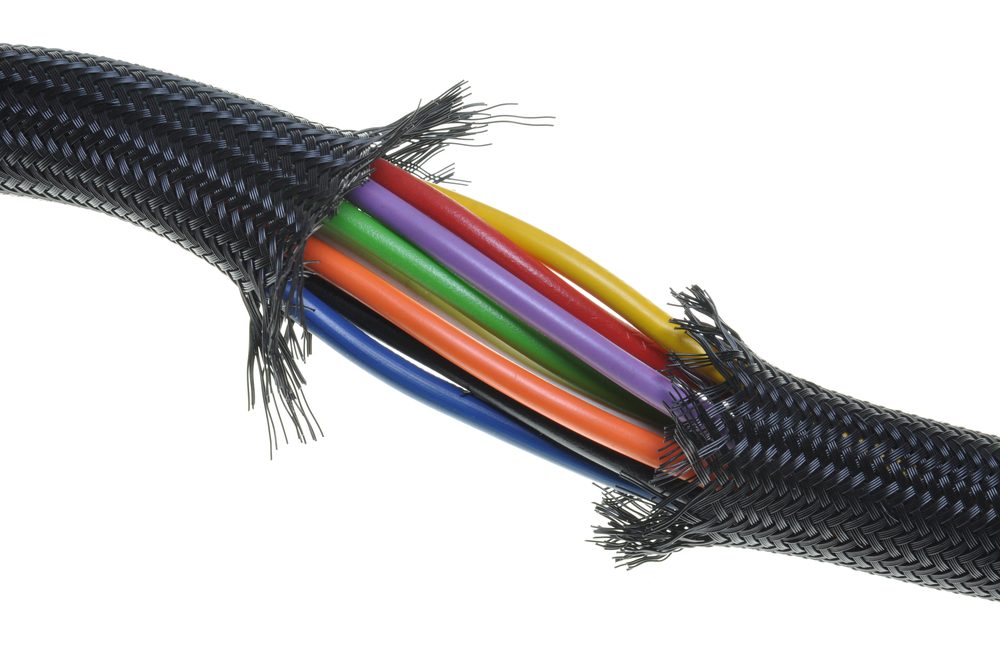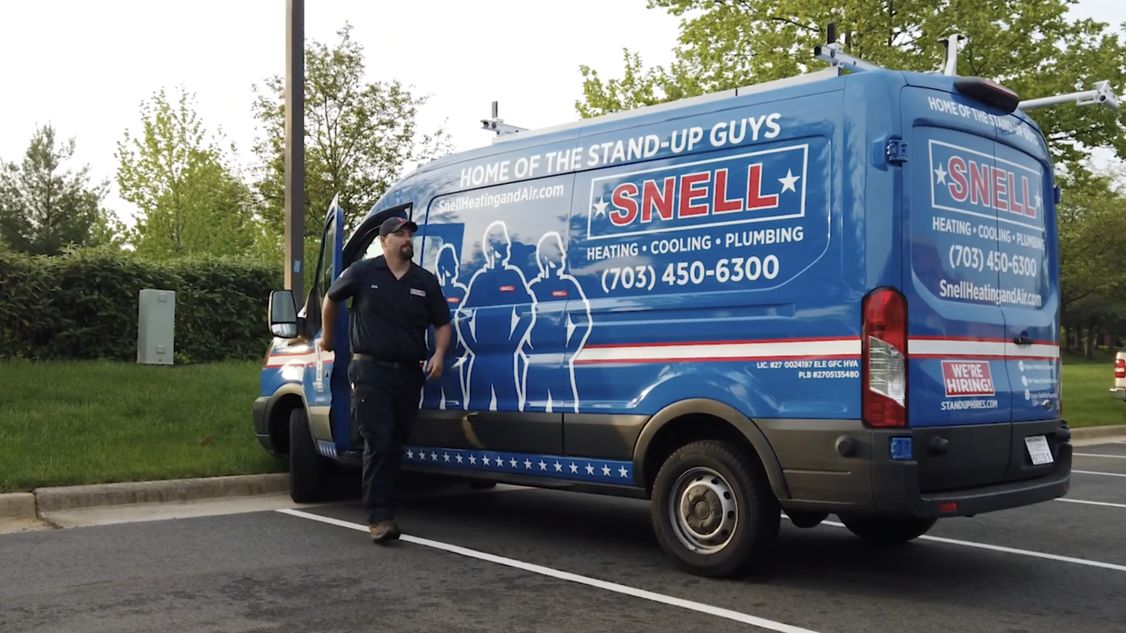
Cloth-insulated wiring, once a standard in electrical systems, has become outdated and poses various risks to modern homes. Over time, the cloth insulation deteriorates, exposing wires and creating potential hazards such as electrical fires and short circuits.
We have created an extensive guide to explore common issues associated with cloth-insulated wiring. We will also be providing valuable tips for replacing it, ensuring that your home remains safe, up-to-code, and efficient for years to come.
What is Cloth Wiring?
Cloth-wrapped wiring is an old-fashioned form of electrical wiring that predates the widespread use of thermoplastic-coated wiring. Typically found in homes built before 1960, cloth wiring was a popular choice due to its affordability and accessibility.
Composed of rubberized cloth, this insulation method served as the standard for protecting wires before the advent of plastics revolutionized the industry. However, as we now know, cloth-wrapped wires present various risks and issues, making it essential for homeowners to be aware of its presence and take immediate precautions to maintain a safe living environment.
Read More: 8 Signs of Dangerous Wiring in Your House
Is Cloth-Insulated Wiring Dangerous?
Cloth-insulated wiring can pose significant dangers to homeowners due to its outdated nature and inherent flaws. Issues such as brittleness and susceptibility to wear and tear make it prone to damage. Insects and rodents can lead to exposed wires and electrical hazards.
Additionally, some cloth-wrapped wiring contains asbestos, a hazardous material with profound health implications. Furthermore, cloth insulation might not contain heat properly, increasing the risk of fires and other safety concerns.
Lastly, the need for modern features in cloth wiring systems makes them incompatible with today’s advanced electrical devices and appliances. Overall, it emphasizes the need for electrical panel replacement to ensure a secure and efficient home environment.

Do I Have Cloth Wiring in My House?
Determining whether your home has cloth wiring can be done by checking for knob-and-tube wiring or inspecting the wire insulation. If it appears rubberized, it may still have insulating cloth on the inside. To further confirm, you can look for specific brand names commonly used in American homes, such as Ammcoflex, Dutrax, Cirtex, and Cablex, to name a few.
If you are unsure or unable to identify cloth-insulated wires in your house, it’s best to consult with a professional electrician to ensure a thorough inspection and accurate assessment of the electrical system in your home.
What Are My Next Steps After Finding Cloth Wiring in My House?
Have you just discovered cloth wiring in your home? If you discover cloth wiring, it’s essential to take immediate action to ensure safety and compliance with modern electrical standards:
- Hire a qualified electrician to assess the condition of your wiring and provide expert guidance on necessary upgrades.
- Test wiring for asbestos, which can pose serious health risks.
- Work with your electrician to replace the outdated cloth wiring and knob-and-tube system with a more efficient, modern alternative.
The History of Cloth-Insulated Wiring
The history of cloth-insulated wiring can be traced back to homes built before the 1960s, with origins dating back to the late 1800s when Thomas Edison patented and introduced his invention, “The Electric Conductor.”
Touted as an excellent waterproof, fireproof, and insulation solution, various types of cloth were used for sheathing naked wires to prevent electrical shocks and fires. However, as time passed, the shortcomings of cloth-wrapped wiring became apparent, leading to the development and adoption of nonmetallic sheathed cables (NMC) that incorporated aluminum or copper conductors.
Read More: How Do I Stop My Sump Pump From Humming?
The Different Types of Cloth Wiring in Houses
Cloth-insulated wiring can be categorized into two primary types: fabric-sheathed and cloth-sheathed rubber-insulated wiring.
Fabric-Sheathed Wiring
Fabric-sheathed wiring is an older form of insulation where various types of cloth materials were used to cover the bare wires directly, providing a protective barrier against electrical shocks and fires.
Cloth-Sheathed Rubber-Insulated Wiring
Cloth-sheathed rubber-insulated wiring combines cloth and rubber materials, featuring an outer rubber layer for added protection and an inner layer for insulation.
Both types served their purpose in the past but have since been replaced with more advanced and safer alternatives in modern electrical systems.

Electrical Replacement and Repair Services
If you find cloth-wrapped wires in your house, give our staff a call at (703) 719-8963 to book an appointment. Our team of skilled electricians offers comprehensive electrical repair and installation services for homes in your local area. They ensure your electrical wiring meets current safety standards.
By scheduling a thorough inspection with our electricians, you can identify the type of wiring in your home and receive any necessary installation services to guarantee safety for you and your loved ones. Our team of local electricians in Oakton, VA have established a favorable reputation with homeowners.
Our trained staff offer a variety of electrical installation services for homeowners including wiring replacement, whole-home surge protector installation, electrical panel upgrades, electric vehicle charger installation, and light fixture replacement. Our staff is committed to punctuality and utilizes industry-leading tools to restore safety and comfort to your home. Schedule an appointment today to ensure a safer home environment. Contact us online or give us a call.

